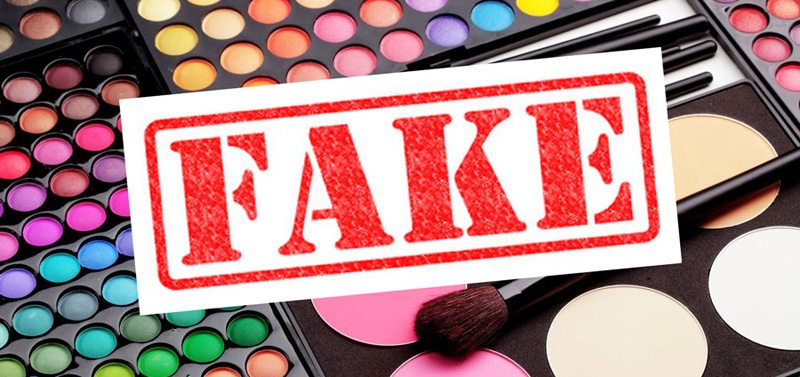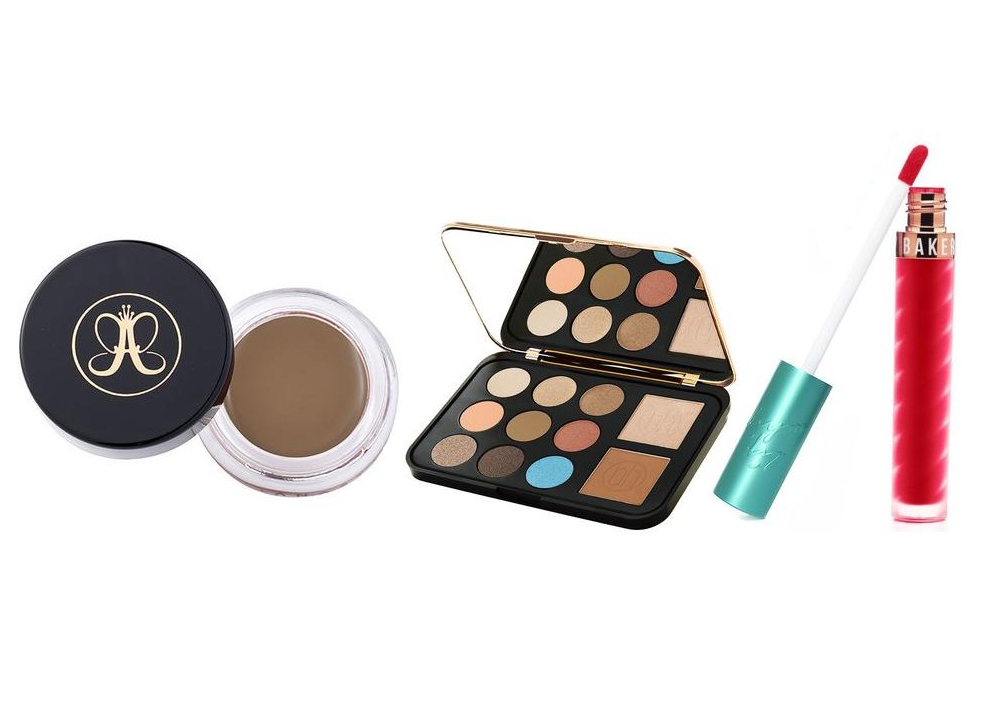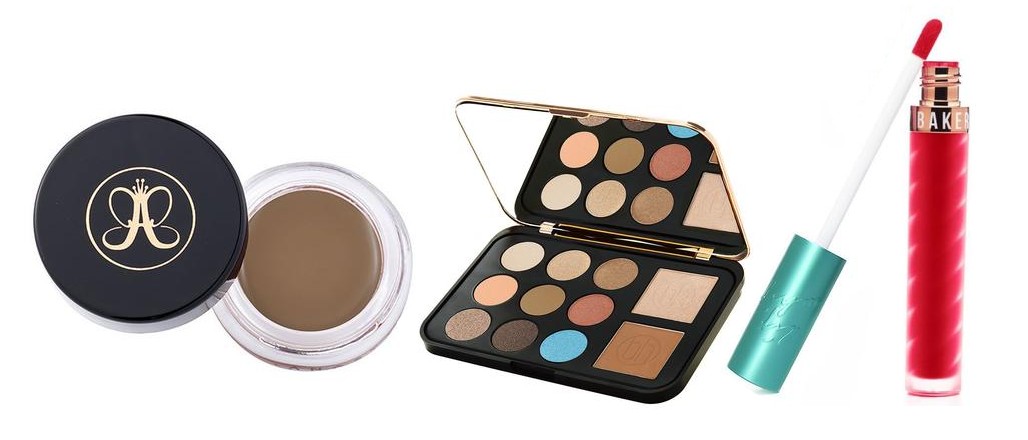Throwing shade on the toxic trade of counterfeit cosmetics, and shedding light on the potential dangers.

For the love of makeup
Over the past years, the beauty industry has grown significantly popular worldwide, especially among high-end and prestige cosmetic brands. The growing number of online beauty influencers who give us easy access to product reviews and tutorials via Social Media have created a great demand for beauty products. The beauty bug has bitten South Africans too, but sadly the majority of these brands are not easily accessible and only available internationally resulting in additional expenses on already pricey goods. Though these products undeniably come with a price tag, fellow familiar beauty junkies will agree that owning a high-end product is not for shallow reasons such as the brand name and product value but rather for the quality, durability and integrity of the product, this cannot be compromised and is simply a case of quality over quantity.
With great popularity comes great risk
Due to the popularity of many products and brands, unfortunately, there has also been a major growth in unregulated and illegal manufacturing of fakes with unstoppable worldwide distribution and has hit SA shores hard over the past couple of years. Unlike the great number of rapid growth in distribution of counterfeit cosmetics within SA, there are few consumers aware of the overall negative impact of these products. In some cases, consumers are duped into believing that the goods are authentic, or in other cases made aware that the goods are “replicas” but oblivious to the very potential dangers of using these unregulated products.
Do what is right, not cheap
Besides the health dangers surrounding fake branded cosmetics, the manufacturing and sale of these products are illegal as counterfeiting is a form of trademark infringement. Trademark owners have legal rights over their property, and for good reason, as they are the sole owners of their business products and brands in which they have invested a lot to achieve success. Counterfeit products do not enter countries legally – illegal channels are made use of to obtain and import fake products. Distributors of counterfeit products run a great risk of losing their business investments and possibly more if trademark owners decide to chase them. The trading & supporting of fake goods have a crippling effect on the entire industry.
Bad ingredients
Because of the illegitimacy surrounding fake cosmetics, the manufacturing of these goods are carried out unregulated. The Cosmetics Act requires that cosmetics and ingredients are tested and approved before distribution of these products is permitted. There are recorded cases of illegal manufacturers in Europe and China busted, and was discovered that the products were being manufactured in foul and unhygienic laboratories. Illegal cosmetics that were seized and tested found traces of cyanide, rat droppings, mercury and dangerous levels of lead just to name a few. The various harmful chemicals found in counterfeit cosmetics can cause allergic reactions, painful blisters and swelling of eyes and lips and can even cause permanent skin damage. Some users of these products have argued that their skin had no reactions, while not realising that though there may not be surface reactions; the high levels of lead can cause internal damage over a period of time. Do not be visually deceived, these products are applied directly on-to the skin and absorbed internally.
Detecting Fake Cosmetics
The international branded cosmetics trend is still fresh in South Africa, and for that reason, not all consumers know how to spot a fake.
What to look for
The first dead giveaway is a bargain. Brands such as Colourpop, Anastasia Beverly Hills, Charlotte Tilbury, Kylie Cosmetics etc. (to name a few) do not supply their products at wholesale. Importers are not able to get these products below standard international retail cost; therefore it is impossible for these products to cost less or even on par with standard retail cost. Importers of authentic brands purchase the products at the standard retail price plus additional costs are incurred such as shipping fees, duties, taxes and the importer’s service fee which results in the product costing more than standard international retail. Thanks to technology there are lots of online blogs and video tutorials comparing fake versus authentic products on just about every brand. Compare packaging by looking at fonts and the general layout of the design.
Inferior quality: Counterfeit goods will never be on the same quality level as the originals; ingredients differ greatly. Request proof of authenticity.
Bottom Line and for the sake of raising awareness
Consumers who have been duped into buying counterfeit cosmetics have a right to request a return for refund. In South Africa consumers are protected by the Consumer Protection Act. If you are unable to afford an authentic product, consider saving up for it rather than buying an inferior and potentially dangerous copy, as mentioned ‘quality over quantity’. Alternatively, opt for other affordable legal and regulated brands already available in South Africa.
Written by guest blogger: Fashion Police











